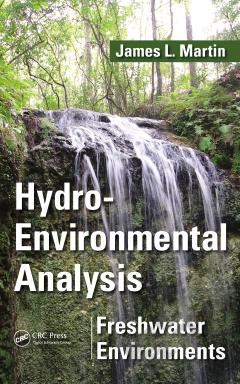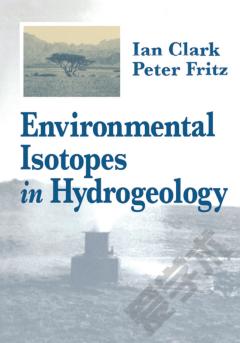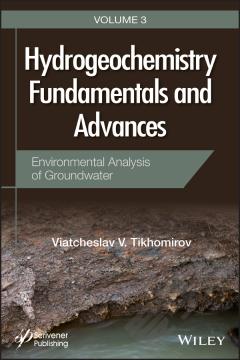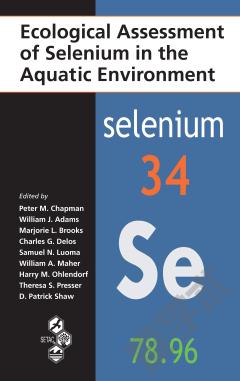Hydro-Environmental Analysis —— Freshwater Environments
----- 水文环境分析:纯净水环境
Introduction Hydro-Environmental Analysis, or What Is in a Name? Hydrologic Cycle Patterns in Water Management in the United States References Part I Rivers and Streams Rivers and Streams, Characteristics Let the Confusion Begin Characteristics of Rivers and Streams References Regulated Rivers Introduction Flow Modification Structures Channel Modifications Watersheds Abstractions and Augmentation Introduction to U.S. Water Law Management Alternatives References Flows and Transport in Rivers: Measurement and Analysis Introduction Watershed Impacts Stages of Measuring Flow Characterization and Analysis of Flow Transport Patterns Methods for Determining Instream Flow Requirements: Environmental Flows Selected Water Quality Processes in Rivers and Streams Introduction Light Temperature Sedimentation Dissolved Oxygen pH Nutrients Toxic Materials. References Biota of Rivers and Streams: An Introduction Spatial Scale and Distribution Autotrophs Heterotrophs Sources and Distribution of Organic Matter References Measures of the Health of Rivers and Streams Introduction Ambient Water Quality Criteria Minimum Flows (Or How Much Water Does a River Need, and When?) Habitat Requirements Indicator Organisms Rapid Bioassessments Biological Diversity Biological Integrity Invasive Species References Introduction to Stream Restoration Introduction Anthropogenic Impacts Restoration Goals and Guiding Principals Restoration Intent and Techniques References Part II Lakes and Reservoirs Introduction to Lakes and Reservoirs: Geomorphology and Classification What Is a Lake, or a Reservoir? General Characteristics Brief History of Limnology Overview of Origin and Size References Those Dammed Lakes Reservoirs (Dammed Rivers) Project Purposes: Storage and Pool Level Control Types of Dams Conveyance Structures Pretty Dammed Old (Dam Failures and Dam Safety) Decommissioning/Removing Dams References Zones and Shapes in Lakes and Reservoirs Introduction Lake Zonation and Nomenclature Lake Basin and Characteristics References Light and Heat in Lakes and Reservoirs Distribution of Light and Heat Exchange Light and Water Interactions Surface Heat Balance Water Density Lake Stratification Classification Based on Mixing Ice Formation and Cover References Transport and Mixing Processes in Lakes and Reservoirs Introduction Water Movement: Waves, Currents, and Inflows What about Dams? References Chemical and Water Quality Kinetic Characteristics and Processes Dissolved Gases Total Dissolved Gas Oxic versus Anoxic Reservoir Processes Oxygen Nitrogen Phosphorus pH, Alkalinity, and CO Sulfides and Sulfates Iron and Manganese Methane References Biota of Lakes and Reservoirs Classification Factors Affecting Distribution Characteristics of Organisms by Zone Invasive Species. References Lake Production, Succession, and Eutrophication Primary and Secondary Productivity Geologic Lake Succession Eutrophication Metrics for Eutrophication References. Restoration and Management of Lakes and Reservoirs Lake Management and Restoration Clean Water Act Control and Management of Sedimentation Control of Algae Aquatic Plant Management Fish and Fisheries Management References Dam Tailwaters Introduction and Issues Dam Releases and Impacts Regulatory Issues Methods to Improve Tailwater Quality References Freshwater Wetlands: An Introduction Introduction Wetland Types Wetland Identification and Classification Wetland Trends: Historical Wetlands and the CWA Swampbuster Provisions Wetland Restoration and Construction References Index
{{comment.content}}








 京公网安备 11010802027623号
京公网安备 11010802027623号